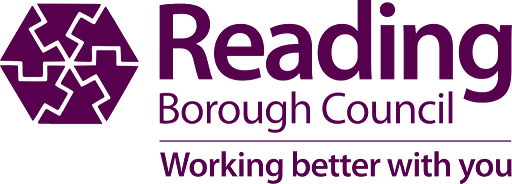
Reading Borough Council continues to close gender and ethnicity pay gaps
- The gender pay gap at the council is lower than the national median and mean figures for 2020
- The council is is voluntarily publishing its first-ever report on the ethnicity pay gap between its White and BAME employees
READING Borough Council is continuing to narrow its gender pay gap in comparison to most other organisations, and is voluntarily publishing its first-ever report on the ethnicity pay gap between its White and BAME employees.
The gender pay gap is calculated as the difference between the average hourly earnings of men and women, as a proportion of men’s average hourly earnings.
Nationally the UK’s gender pay gap was 15.5% in 2020. Reading Borough Council’s mean gender pay gap for was 4.71%, down 0.3% on 2019. The median gap stood at 2.53%.
Unlike the gender pay gap, disclosure of the ethnicity pay gap within large organisations is not a legal requirement. To promote transparency and show its commitment to diversity and inclusion in the workplace, RBC is publishing its ethnicity pay gap for the first time in 2021.
The ethnicity pay gap is the percentage difference in the average hourly rate of pay of white and BAME employees.
The mean pay gap between White and BAME employees at RBC was 6.88% for 2020, while the median pay gap was 0.28%.
The Council’s median gap of 0.28% compares favourably to the national median ethnicity pay gap of 2.3% and is reflective of ongoing efforts to be a fair and inclusive employer.
The reports going before the Council’s Personnel Committee on Wednesday March 17th show the latest gender and ethnicity pay gap figures based on a snapshot of staff earnings taken on 31st March 2020.
Councillor Ellie Emberson, Lead Councillor for Corporate and Consumer Services, said:
“The latest figures show how Reading Borough Council continues to outperform most other organisations when it comes to closing the gender pay gap, and we are proud to be championing transparency by voluntarily publishing our ethnicity pay gap report for the first time.
“Both our gender and ethnicity median pay gaps are significantly lower than national figures. This is thanks in part to the long-term effort that the Council has invested to ensure fair pay for all staff, including promoting and supporting flexible working options for all employees, having a clear policy of paying employees equally and implementing a consistent pay structure.
“There remains work to be done before we can truly claim to have fully addressed pay gap issues, but it’s clear we continue to be moving in the right direction. There are more women than men at every pay level, yet over half of women are in the lower and lower middle pay levels and we know there are still barriers that could hinder women achieving senior positions.
"We will also continue to work with and support the Cultural Unity, Diversity and Inclusion Network, promoting equality, diversity and inclusion within the Council, valuing talent regardless of ethnicity or other protected characteristics. This will be crucial in ensuring our workforce represents the community it serves and ensuring a Council that is fit for the future.”
ENDS
Notes to editors
All employers with a headcount of 250 or more employees must comply with the gender pay gap regulations on a snapshot date. For local council authorities the date is 31st March each year. There are six calculations to carry out and the results must be published on the employer's website and the Government Equalities Office website within 12 months.
